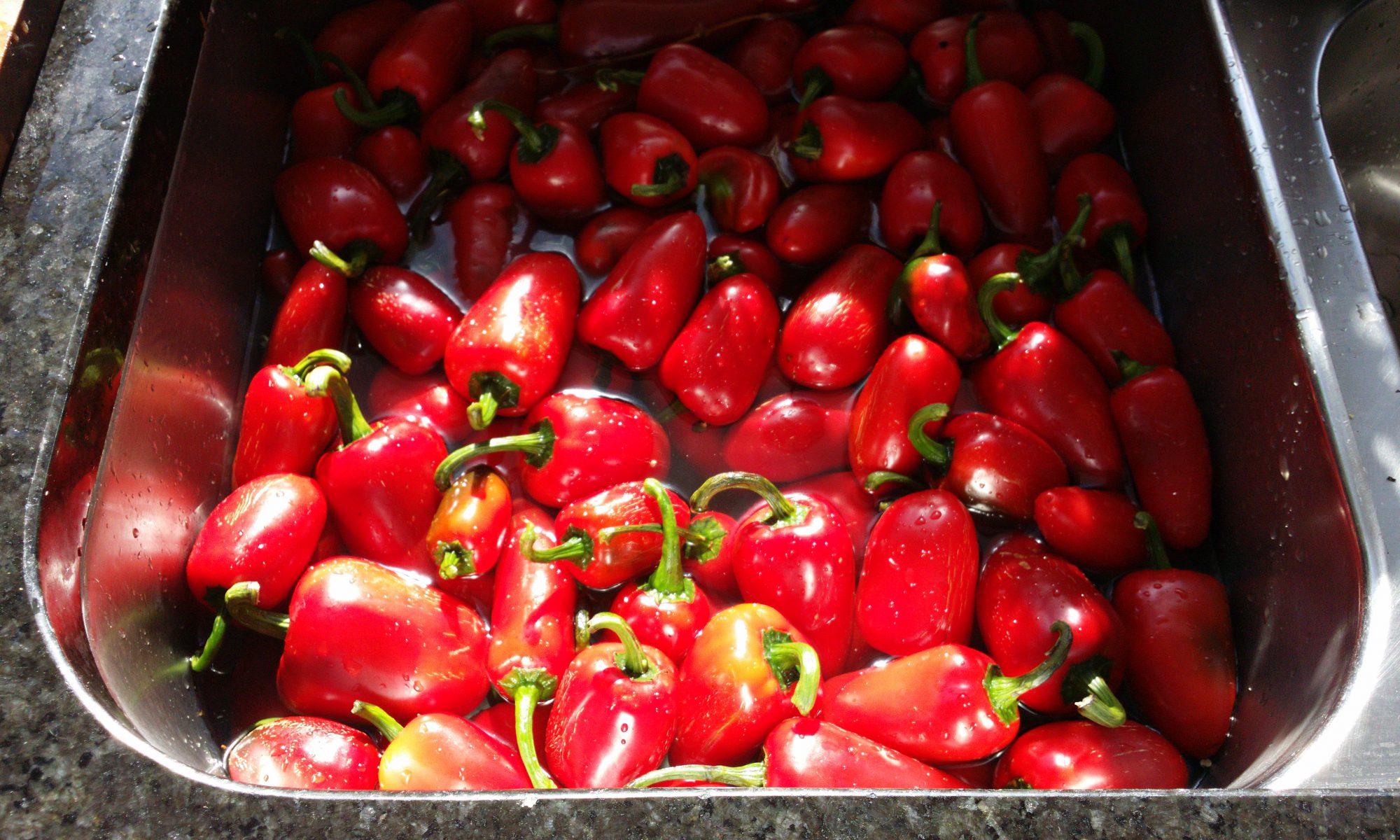After a lovely day wandering around Verona, we caught the 5.30 pm fast Italotreno to Bologna, and had tea at a Chinese-run canteen near the hotel. Rather good fresh pasta and what-do-you-know, Bolognese sauce? And only €5. Lovely. Collapsed into the hotel room for an early night.
The following day, we went for a wander, but nothing much was open. It’s right in the middle of the year, and Bologna being a (the?!) university town, in summer everyone’s away at the beach, and a lot of places are shut for two weeks. But mainly, it was also Ferragosto, a national holiday. We had a look around an old brick church, with an attached apothecary and herb garden (closed), and the famous leaning towers. We failed to walk past the Venchi chocolate shop, and accidentally bought some. We also found some stars in the pavement, for Thelonius Monk, Miles Davis and Ella Fitzgerald.
The next day, we went on a booked food tour around Bologna and Modena. Up early sparrowfart for a look around a Parmesan cheese factory, followed by a look at a prosciutto factory, full of pig’s legs. But most remarkable was the balsamic vinegar producer we visited, where they boil grape must and stick it in six barrels with the holes covered with linen to let it evaporate. Each barrel is smaller than the previous, and made from different woods; first oak, then mulberry, cherry, juniper, chestnut and plum. Each year the barrels are topped up from the larger one before it, and the largest is topped up with new boiled grape must. This goes on for 25 years.
Then we had a four course lunch, with the local sparkling red, a lovely Lambrusco. The tour guide was a slightly odd Italian guy with small pudgy hands, with which he’d try to do a high five whenever he made another of his slightly off-key jokes, but sort-of grasped your hand afterwards which just added to the creepiness.
We got stuck sitting next to a loud American guy skiting about how much money he makes as a consultant helping casinos figure out how to make more money with their poker machines. Well, when he wasn’t complaining about how air travel in Europe isn’t as nice as the US. I asked him why on earth he wasn’t travelling by high-speed train, and what the casinos do about addicted and problem gamblers, which shut him up pretty fast. Then I told him I think all casinos should be evacuated and then burned to the ground with the owners locked inside, and they left me alone after that, which was nice because Bek’s table companion was much more interesting.
The next day after eggs and bacon for breakfast, we went for a stroll into town, via the shaded arches of Bologna’s famous arcades, and found the Music Museum. It had displays about Rossini and Respighi, who was the student of Martucci (I must try to get hold of some Martucci, apparently there’s a bunch recorded by Ricardo Muti for Naxos). They also had some cool early instruments and a Heckelphone.
Another day, another eggs & bacon breakfast and a coffee at the hotel, just before they closed up shop at 10 am. Packed up, checked out, and went over the road to the train station. Bought a high-speed rail ticket each to Florence from the billetteria (automatic ticket machine), which was €25 for a 35 minute trip. Bologna’s train station is very large, with 19 platforms all over the place. We jumped on the train to Florence, which was fairly space-age, even compared to the other fast trains we were on before.



































You must be logged in to post a comment.